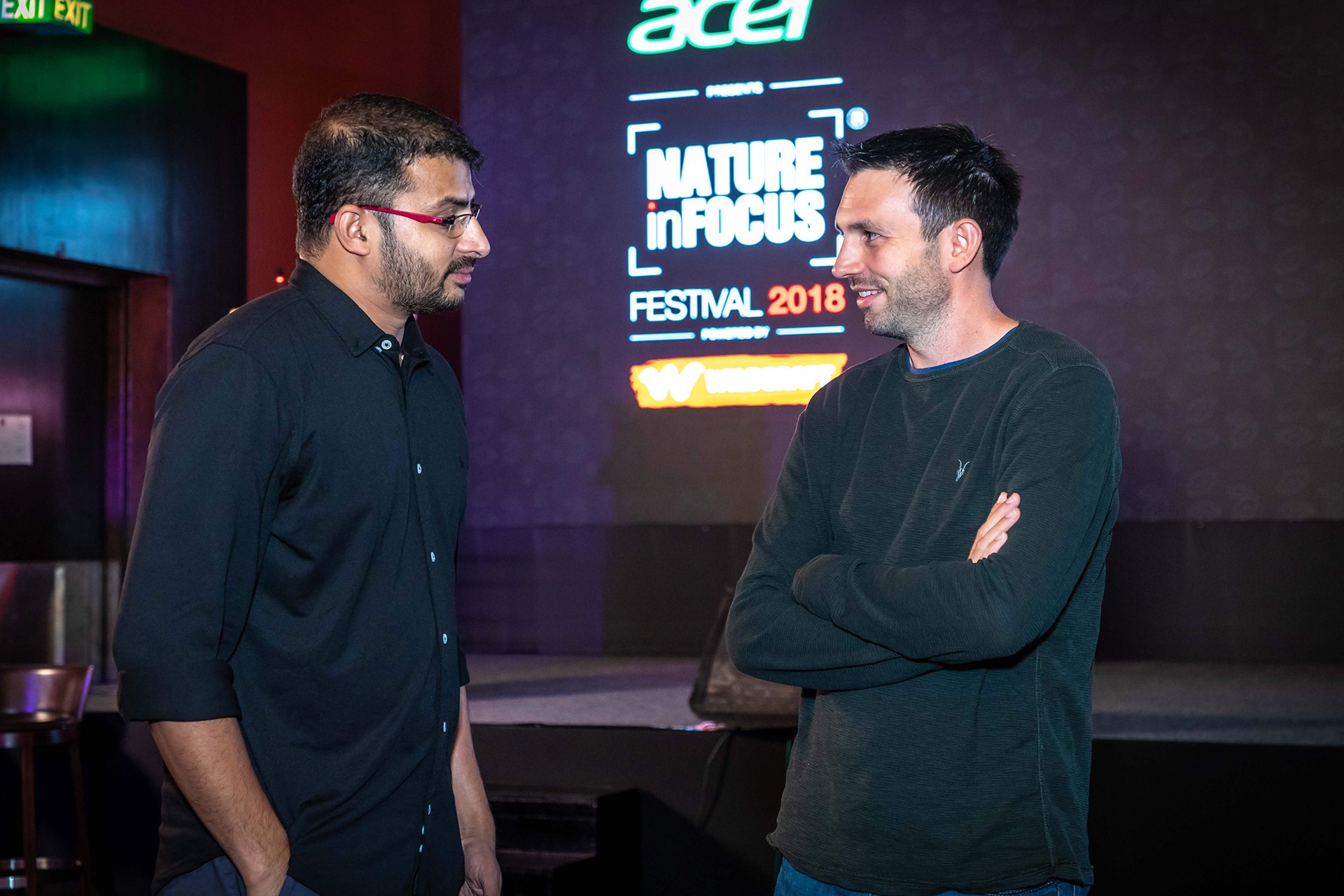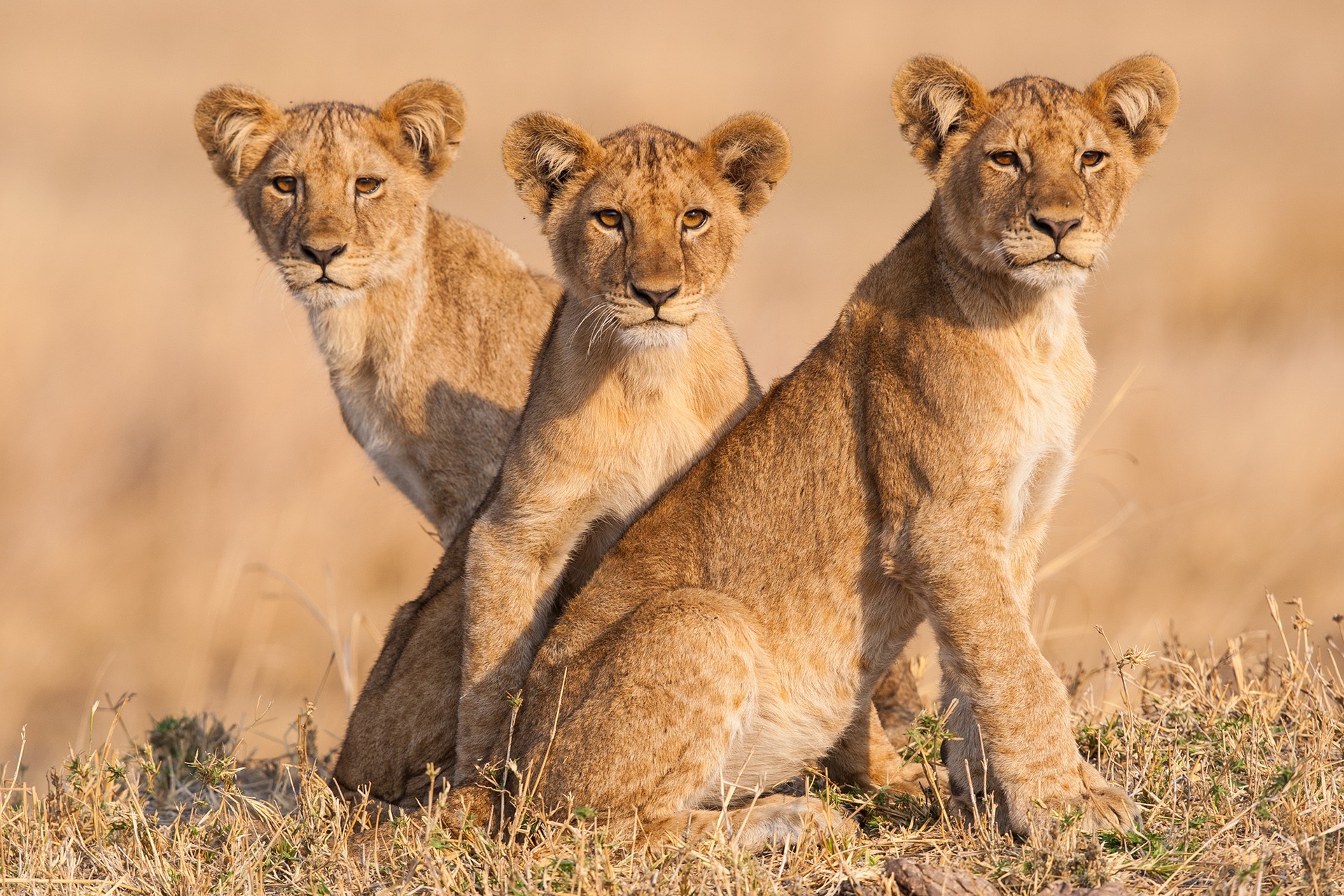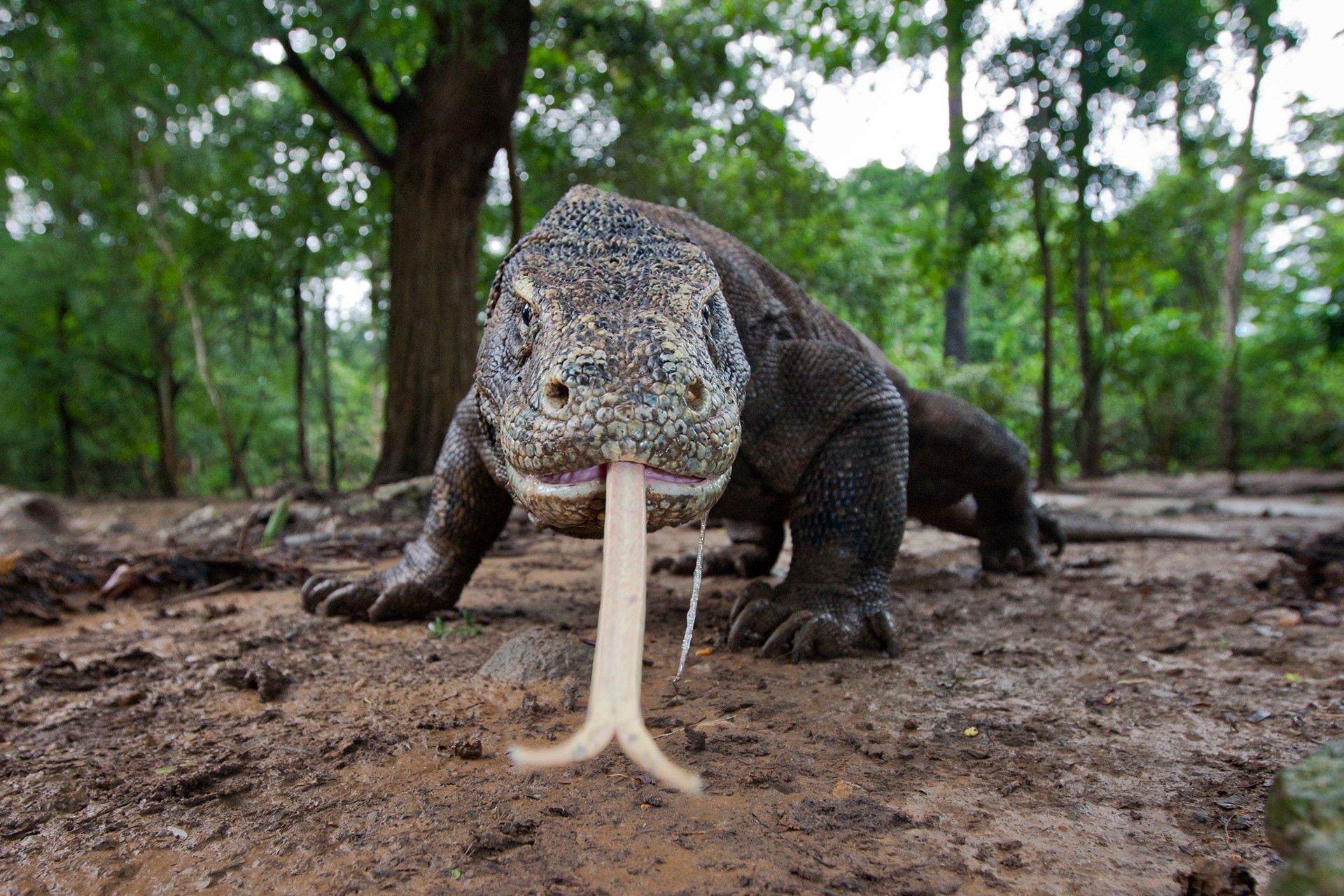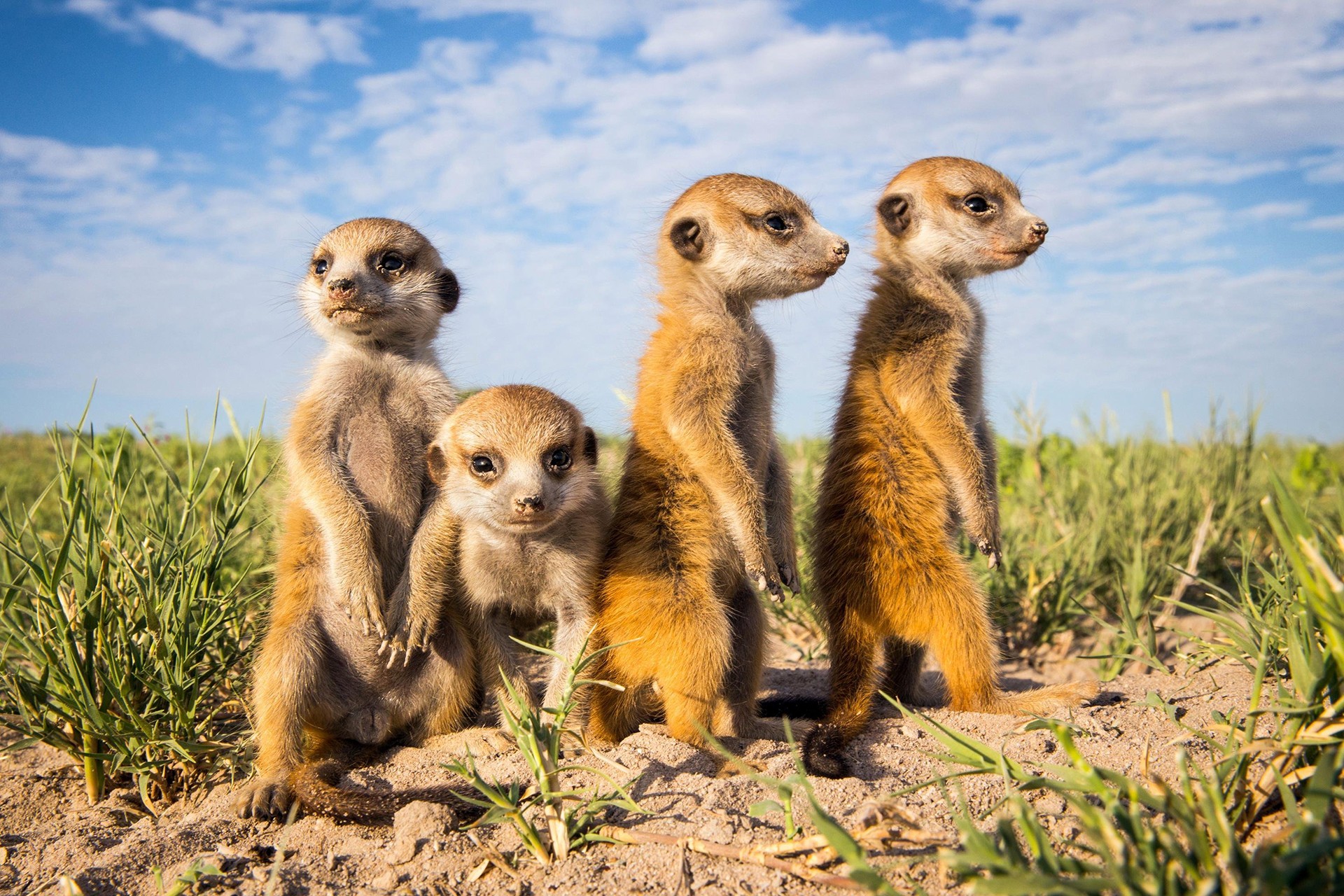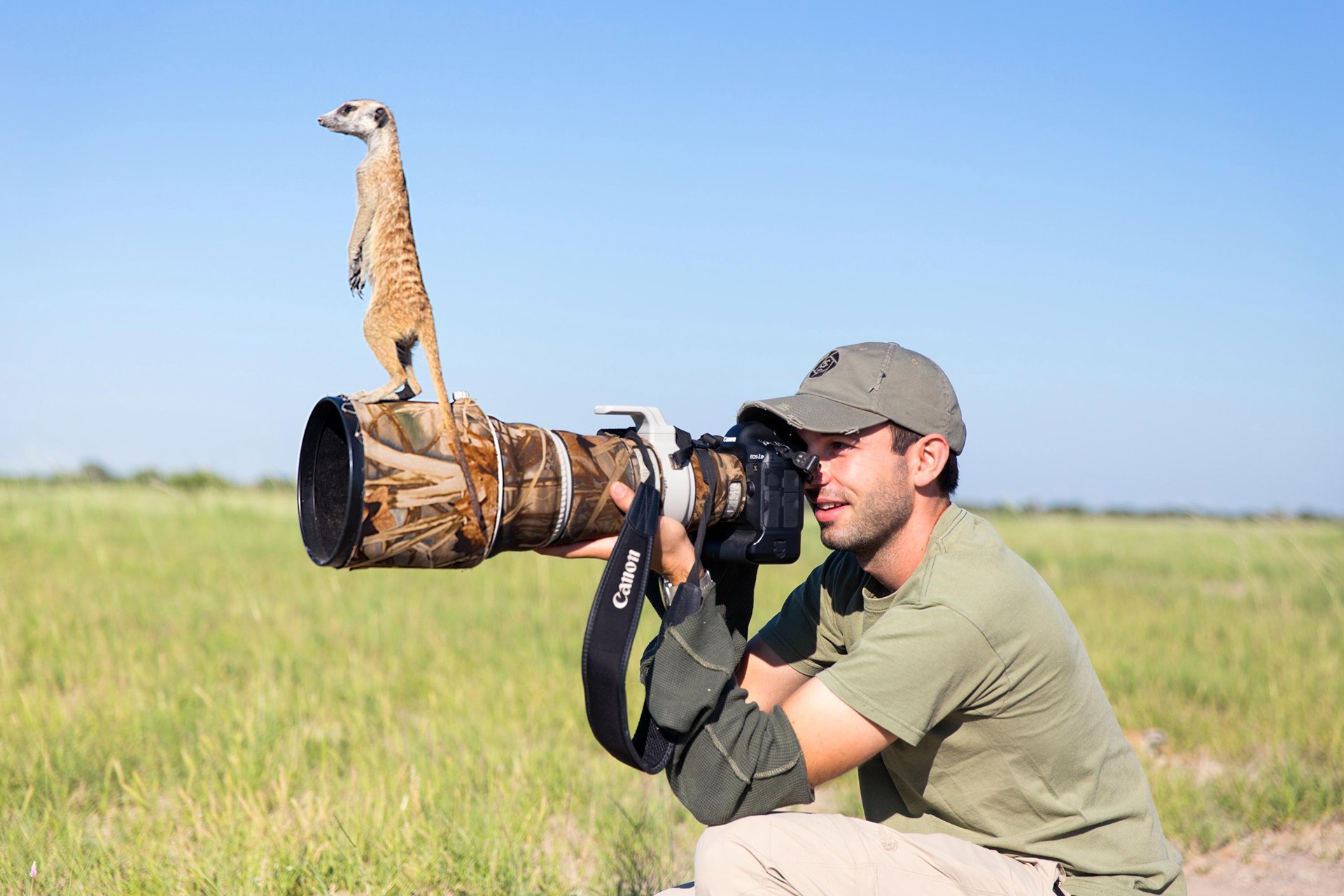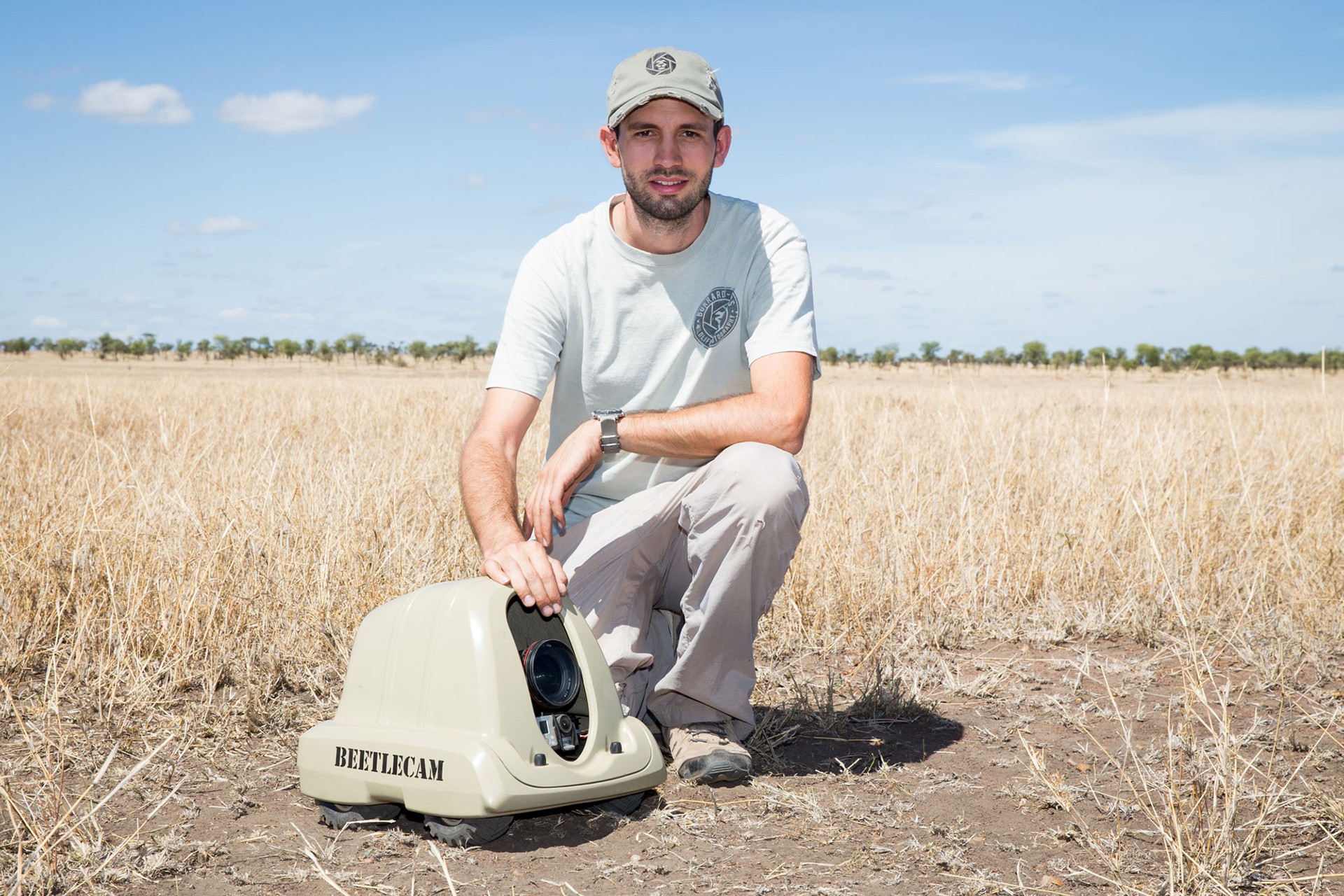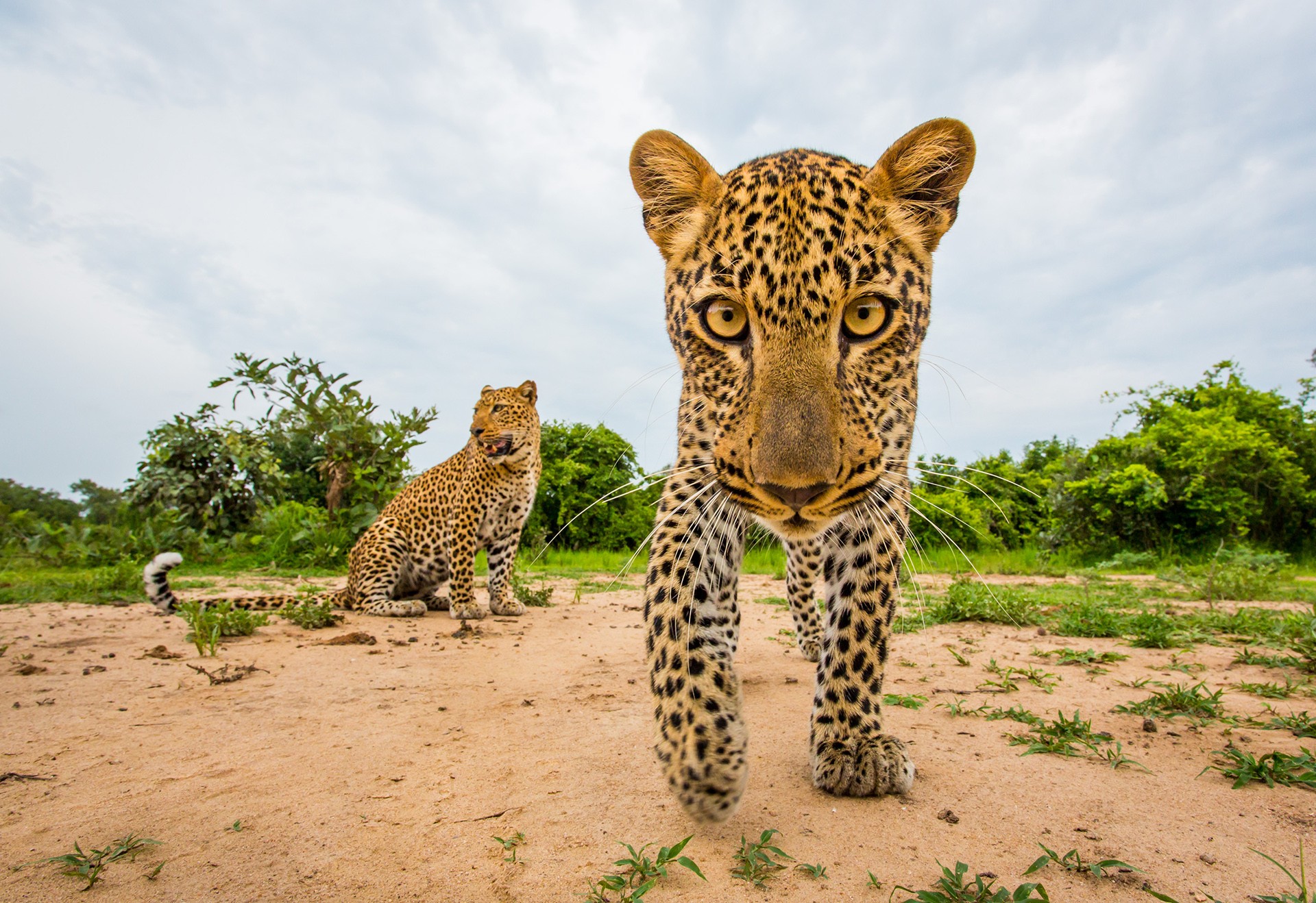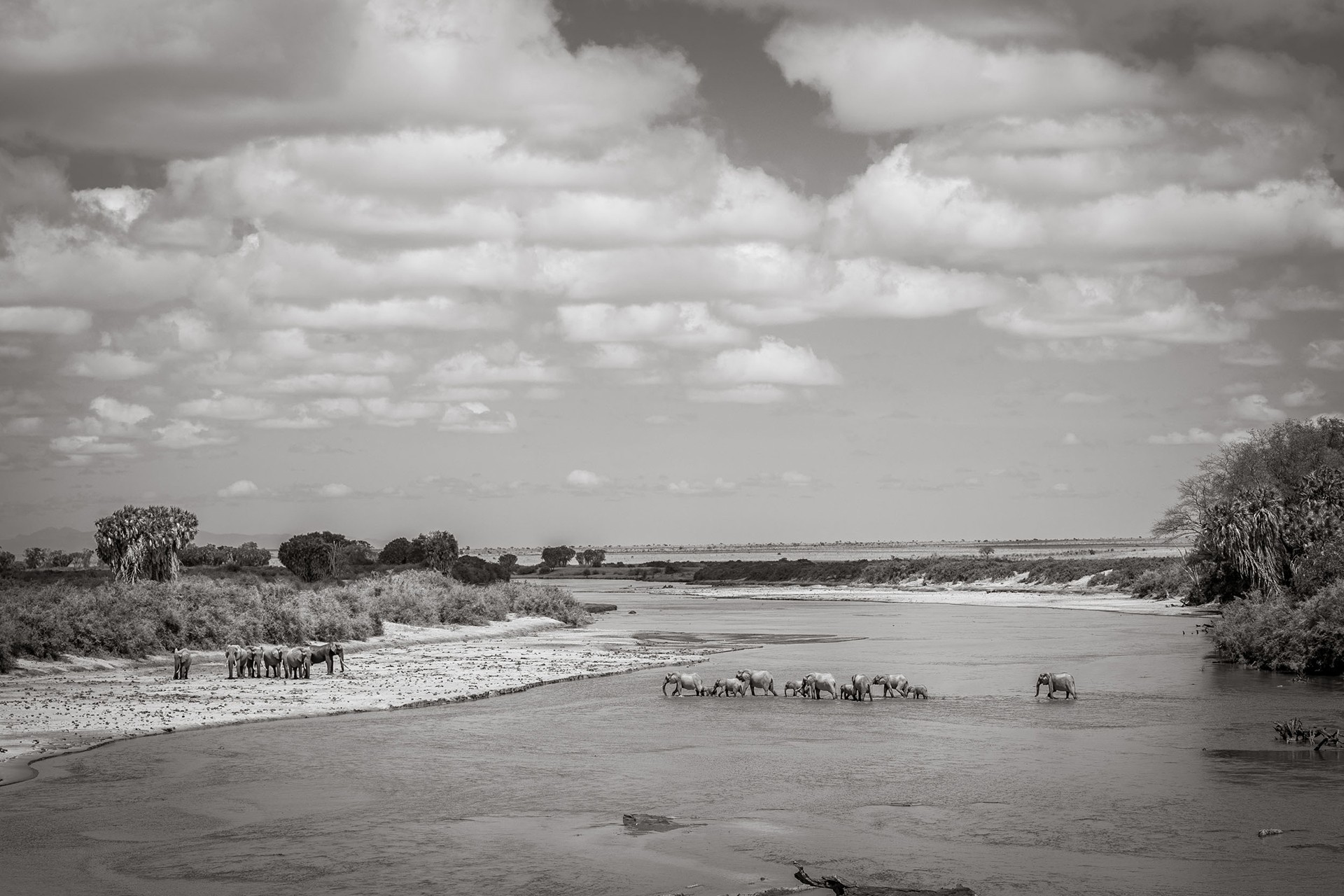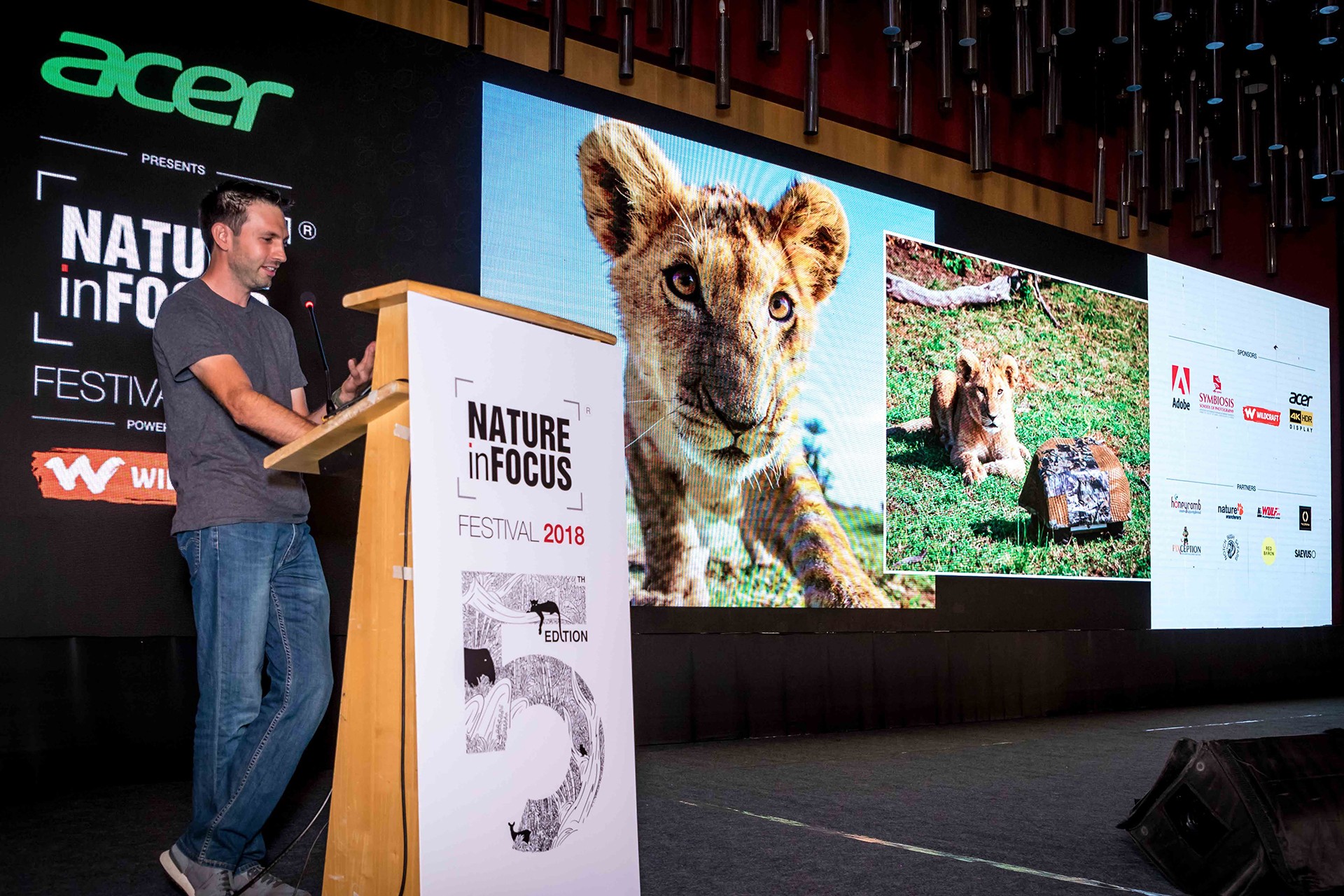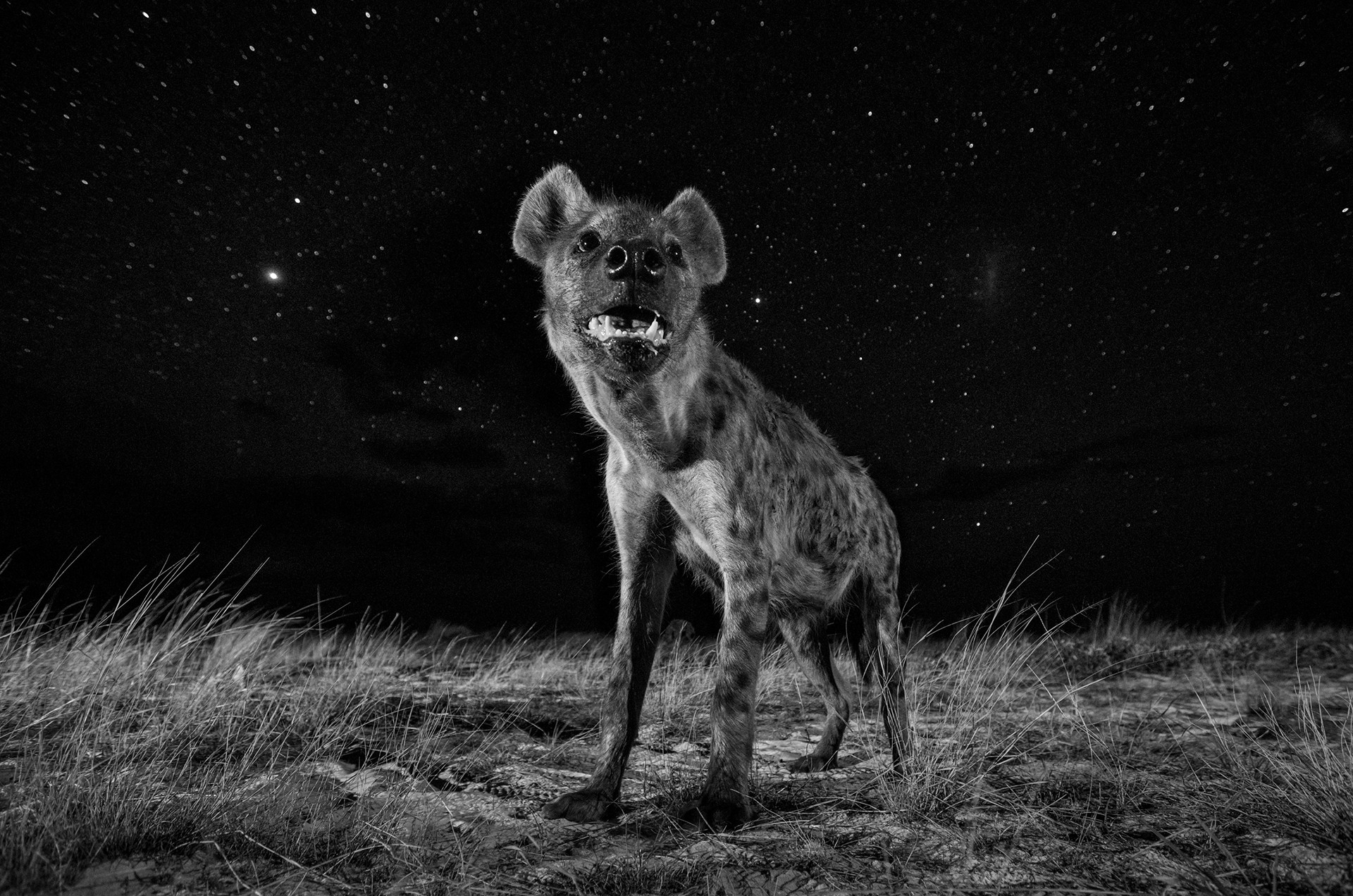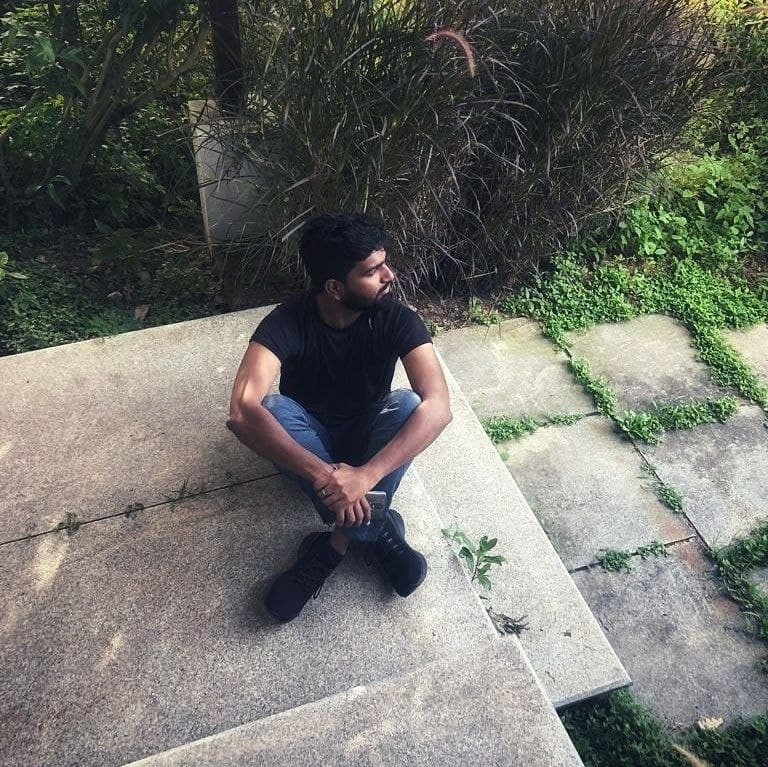"Hope to see you all back here next year. Thank you once again." With the closing note by NiF co-founder Kalyan Varma, the curtain fell on the 5th edition of the Nature inFocus Festival, and the crowd poured out into the long corridor outside the hall for high tea.
Gently nudging and sidestepping, I quickly make my way through the meandering mob as I chase after the now familiar figure; hoping to snatch him before he’s coralled yet again by another troop of enthusiastic admirers.
Well, who was I kidding? Will Burrard-Lucas amidst a crowd of wildlife photographers and nature enthusiasts is like a dollop of sugar in an ant house. Yes, I do realise it is not often that you get to click selfies and exchange pleasantries with one of the most popular wildlife photographers around, but c’mon, give the man a break? More importantly, allow me at least the bare-minimum for a quick sit-down interview!
By the time we sit down to talk, the hotel lobby is almost empty and Will looks a tired soul. Still, his smile is strong and he is ever-so-ready for a quick chat – albeit over coffee.
You can find the transcript of our caffiene-laced tete-a-tete below.
Your love for nature and wildlife, what triggered it and when?
I think my love for wildlife started really early when I was just a small child who lived in Tanzania for three and a half years. My earliest memories are of being on safari and that was the age when I fell in love with Africa, with wildlife and the natural world. From then on, growing up watching BBC documentaries, that interest just continued to grow with me.
During my breaks at university, I would always travel to these places where I could see wildlife. And, that was when quality digital cameras became affordable. Initially, the plan was to just document my travels, but naturally, I started photographing nature and wildlife and I immediately fell in love with nature photography.
Soon, my reasons for travel became more about travelling to photograph wildlife. So, very quickly it sort of snowballed and I found myself getting more and more serious. I started putting my images online and sharing them and getting them published and soon started to make some income through licensing.
Do you remember when you first got your images published?
I got my first digital camera in 2003 and it was probably around 2005 when I started putting my images online and started sending them to publications. I was quite intentional about establishing a web presence and I was building it up from then on.
I continued working on the site on the side, until in 2010, it got to a stage where it was doing well enough that I could take the chance to go full time.
So, at the point that I left to do it, I wasn't starting from scratch. I had already established myself in the market during my university years and during my job in London where I worked for 3 1/2 years.
What do you think was your big career-changing moment? The meerkat photos went really viral, didn't they?
Yes, the meerkat photos did really well. To be honest, I probably had other projects that were as viral, but that particular project at that point in time just got spread so much. Also, that was when Facebook pages were growing really fast; that project alone resulted in me leapfrogging a lot of people in terms of how many people were following me. Then it became very hard to catch me once Facebook changed its algorithm and it became much harder for pages to grow.
I feel that the project was just one of those that were at the right place, right time. Probably, the biggest benefit was that it gave a boost to my social presence; it didn't do much to establish my career as a photographer but it had the benefit of pushing my social media profiles.
I think the BeetleCam has been far more influential in how people perceive my work. I started with them back in 2009 and did it again in 2011, and both the projects were so well-received. The fact that I kept coming back to the BeetleCam and using it in different ways in different projects to get unusual new results – cumulatively, that's probably had a much bigger impact on my career.
It's interesting how your business idea is so closely connected to your passion for wildlife photography. Have you always nurtured this entrepreneurial side of yours?
I always knew that I would be an entrepreneur and that I would have my own business. I didn't know what it was, and over the years I had started different businesses which often fell by the wayside.
That was when I realised, whatever business I did, it had to be something that I would be doing even if I wasn't getting paid to do it. When the photography came along, I decided not to fight it and establish a business positioned around wildlife photography.
With all my devices, be it the Camera Trap or BeetleCam, I didn't create them to make money, I created them to get the photos that I wanted to capture. And, enough people were coming to me saying, 'Can you make me a BeetleCam?' that I couldn't really ignore it.
To be honest, it is not the easiest field to make money in and there are limits to how much money you can make even if you sell your products to all the wildlife photographers in the world – it is not a very big market.
How important is social media for a wildlife photographer, for any photographer, today?
My answer probably is changing slightly now. I think when I was getting established, being popular on social media gave me a huge advantage over perhaps old-school photographers who may have had a much longer track history but then didn't have the social presence. So, it was actually really good to help get my foot in the door and to get noticed and have some credibility in the marketplace.
Now that I've become, maybe established, I find that I actually don't need social media anymore. People already know who I am and I can speak to magazine editors directly; they don't have to check me out on Facebook. So, now it's not really important to me, but certainly when I was getting established it was really useful.
Don't get hung up on trying to win at social media, it starts with your photos, so whatever the sort of distribution that's most effective at the time happens to be, that will help you. Right now, Instagram is good but I think that's already saturated. Still, there are platforms like YouTube that are underutilised and there are big opportunities there.
So, there are different places that you can focus on, but it's not going to make a difference if you don't start with your photography. Certainly, if I didn't take the unusual photographs from the BeetleCam or the night photos or even those funny photos with the meerkats – it is because of what those photos showed that they became popular, not necessarily because I shared them on Facebook.
Could you tell us a bit about the new project you are working on?
I have been working in Tsavo, spending over the course of a year, working on a project to document the elephants there, in particular, the last remaining big tuskers on the planet.
It is a cause that is very close to my heart – working with people with very limited resources who are doing some fantastic work to conserve these tuskers and capturing photos that they can use to further their goals.
I am also putting together a book, Land of Giants, with the aim of illustrating what it is that they are trying to protect and helping them get the word out about how special Tsavo is.
Is this your first time to India? How was your experience attending the NiF Festival?
I've passed through here a couple of times, but this is my first time that I've been on a safari in India. I got to visit the national park in Kabini and I really enjoyed it. Obviously not the most perfect time of the year, the vegetation was very thick, so we didn't see any tigers. But, we got to see the black panther which was a bit of a dream come true for me; ever since I read the Jungle Book as a kid.
So, I go to a few of these things, maybe one or two each year – there are a few in Europe as well. And, I always enjoy them because they are a great way to get inspiration, to see what other photographers are doing, for networking and meeting like-minded people ad coming together to discuss issues like what we just did with ethics [an open fishbowl session on ethics in wildlife photography was the closing event at the NiF Festival 2018].
Also for me, I didn't know a lot about these different wild spaces in India and the variety and diversity of wildlife. So, I've actually learnt a lot from seeing these photos and hearing these talks focusing on different parts of India, I've really come to appreciate just how rich India's natural heritage is.
What did you make of the images from the NiF Photography Awards? Got a personal favourite, maybe?
There were some really fantastic images. My favourite, gosh that's really hard, there were so many good ones. The winner and a lot of the ones in the Creative Nature Photography category were incredibly imaginative.
I did like the camera trap images, the Fishing Cat photo, that is the perfect use of a camera trap to capture an elusive species like them, in wide angle and showing its environment. Perfect!
Some of the rare stuff like the Snow Leopard hunt was amazing to see. It was a great experience all around.
What would be your advice to young and upcoming photographers?
Yea, you can sort of ask advice like how do I get popular, who should I send my images to, how do I get published? But, I think you really just got to focus on your own work. Don't see what other people are doing or try and replicate or improve on what they are doing.
Don't go to tiger parks and get the best tiger photo or try and photograph tigers or even leopards and things. Because, it's been done and anything you get really, even if you get lucky and get some incredible behaviour, it's just one shot, it's really not going to get you to that next level.
What you need to do is start to think creatively and innovatively and try and find some subject that you can make your own. Maybe that means working in a lesser known national park or focusing on a particular species and concentrating on that through the year. The more you photograph like that, you get the easy shots out of the way and then you have to start to be creative to take photos you haven't got already, which makes you be inventive and that's how you start to get photos that haven't been seen before. And, how you start to make a body of work around a subject that gets noticed.
If you can do a story around something and illustrate that, those are the things that get published and the [magazine] editors are interested in. They are not just interested in a few beautiful shots of tigers, you need to show people something they haven't seen before. So focus on trying to find something different to do, whether that's a place, a species or a technique, whatever it is, try and find something that you can make your own.
